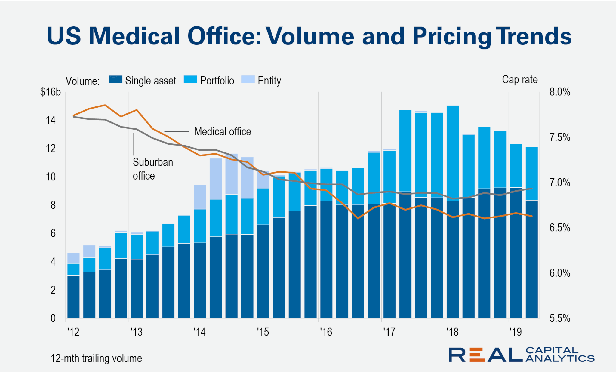Health Care Firm Takes Big Office Block In AllianceTexas Project In North Fort Worth
An Indiana-based health care firm has leased a huge block of office space in the AllianceTexas development in North Forth Worth.
American Specialty Health Inc., a 32-year-old firm that serves millions of customers across the United States, has rented 164,000 square feet of offices in the Heritage Commons office complex near Interstate 35W to expand its North Texas operations. The company currently has an office in Southlake.
Mercedes-Benz Financial Services previously occupied the office American Specialty Health is moving into. The automaker finance unit has moved to a new building. American Specialty Health plans to move to the new location next month.
“American Specialty Health continues to grow rapidly, and expanding our workforce in Texas is central to our ongoing success,” co-founder, chairman and CEO George DeVries said in a statement. “As such, it’s vital we offer our employees an environment that meets the demands of today’s tech-driven workforce, and AllianceTexas checks all of the boxes. With access to a talent-rich labor market, a variety of residential options, lifestyle amenities and an established community, our company is poised to grow and thrive in North Texas for years to come.”
American Specialty Health provides musculoskeletal health solutions, fitness and exercise programs and health management services to employer groups, health plans, insurance carriers and others. The firm covers more than 50 million Americans under its benefits administration programs.
Steve Aldrich and Ian Kinne of Hillwood negotiated the new lease with Jenny Schreiner and Jon Altschuler of Altschuler and Co. Griffin Capital Essential Asset REIT owns the building.
The 30-year-old AllianceTexas development is now home to more than 500 companies and more than 61,000 jobs.
Source: Dallas News





